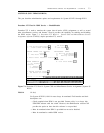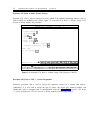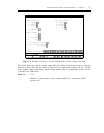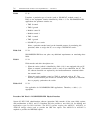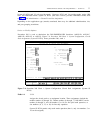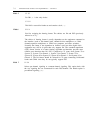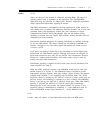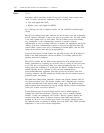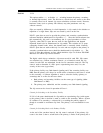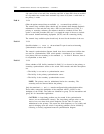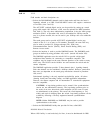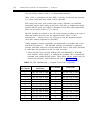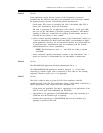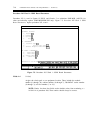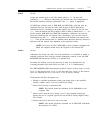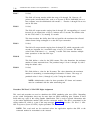
ADMINISTRATION OPTIONS AND REQUIREMENTS — SYSTEM 85
7-11
Field 10
V1-V4
This options enables (1) or disables (0) switching between the primary, secondary,
or internal high-accuracy clock. The decision to switch from one source to the other
is normally based on an internal slip count calculation (software record). However,
hardware events (such as primary link failures) may take precedence over any
software controls.
Slips are caused by differences in clock frequencies. A slip results in the deletion or
repetition of a single frame. Slips are not caused by noise on the line.
DS1/T1 spans that are used to provide the primary and secondary synchronization
reference should be administered for slip enable (1). Since the switch software does
this automatically, this task is not mandatory but is a good procedure to follow.
Typically, other DS1/T1 spans that are used for data applications and deemed
important should also be administered for slip enable. This excludes all T1-spans
connecting channel banks, unless the channel bank is externally timed. Normally,
DS1/T1 spans that are used exclusively for voice and not assigned as the primary or
secondary synchronization source should be administered for slip disable (0). The
goal is to keep that reference on-line, which minimizes slips for all those DS1/DMI
Interfaces for which slips cannot tolerated.
The digital switch always maintains a slip-count record for each DS1. Slip counts
are calculated on a 24-hour continuous interval. As a historical record, the slip
counts for each DS1 are maintained for the last 24 consecutive intervals. The slip
count is used to determine if a DS1 span is experiencing errors and, if so, the
severity of the errors (type alarm).
If the primary facility uses 24th-channel signaling and if the secondary facility uses
RBS, then the primary will always be on-line unless a hardware event forces a switch
to the secondary. A software algorithm is used to select the facility (primary or
secondary) that is on-line for the cases where:
a.
b.
Both primary and secondary facilities use the same type of signaling (either
24th-channel or RBS)
The primary uses robbed-bit, and the secondary uses 24th-channel signaling
The slip count can be viewed in procedure 625 test 1.
Criteria for Switching to the Secondary Facility
If 50% of the spans administered for slip enable are experiencing slips (with respect
to the primary), then a decision is made to switch to the secondary. When a System
85 switches to its secondary, a software bit is set making the primary appear as
though it exceeded its maximum slip limit. The primary is not reevaluated for one
hour.
Criteria for Switching Back to the Primary Facility
At the end of the one-hour interval, the slip count is analyzed. If the primary slip
count is less than 2, then a switch back to the primary is made. If the primary has a



